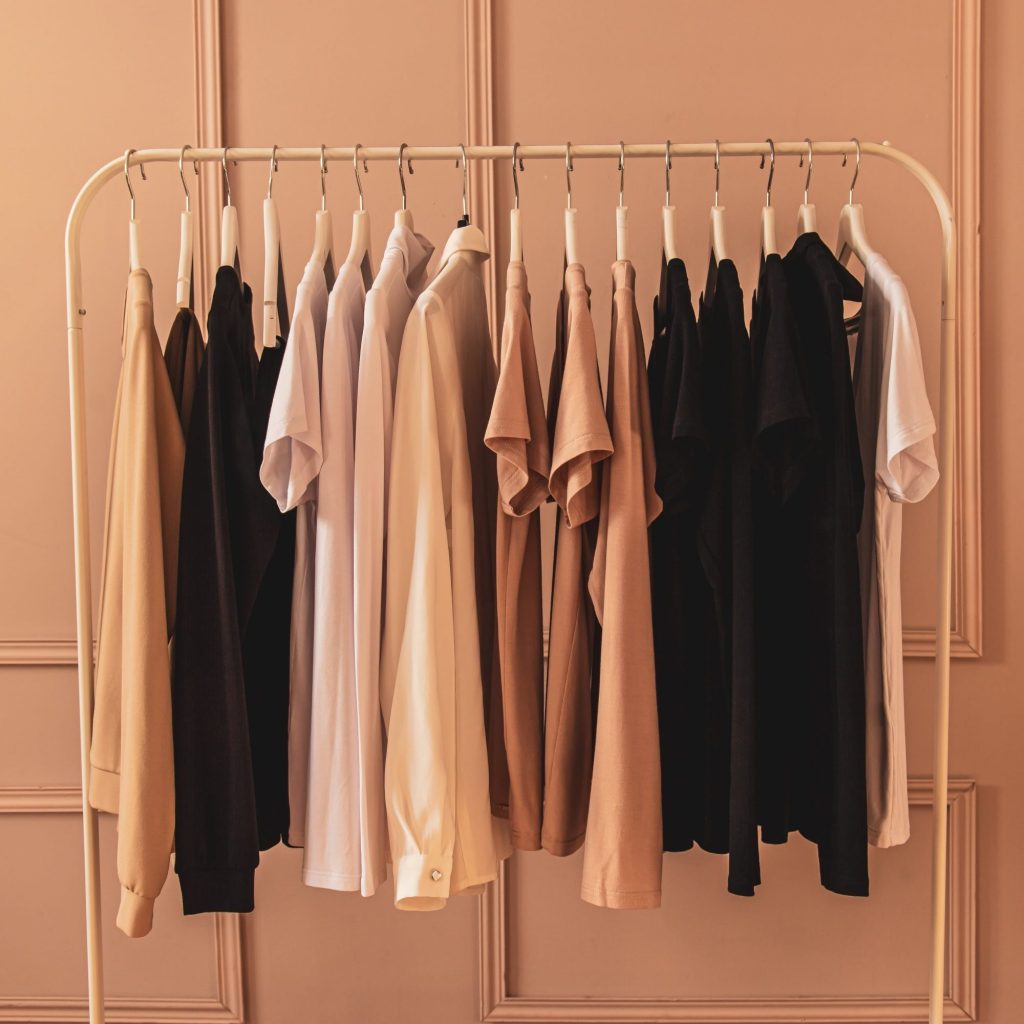I used to think I was a conscious shopper. I wouldn’t allow myself to buy new clothing unless I donated old pieces in my closet. I would donate clothing, shoes, and jewelry to Goodwill or various other charity organizations, priding myself in not disposing to landfills. And I tried to shop each season versus shopping when there were sales or a hot trend to capitalize on. Although these are all good tactics to becoming a more ethical shopper, it wasn’t until the pandemic slowed down my calendar and need to travel that I took sustainability more seriously.
While sheltering-in-place, I’ve spent time cleaning out my closet and have been shocked at how much I’ve consumed, underutilized, and thrown away without so much of a thought. In efforts to do better and offset my carbon imprint, I began researching sustainable brands and practices. With so many brands claiming to be sustainable, this was quite a daunting task. But considering fashion is the second largest industry responsible for pollution, it’s a task worth taking.
If more people committed to creative ways of sourcing, prolonging, and recycling clothing, we could heal the planet. But, what does this look like? To help us decide how to determine what clothes we have (and want to purchase) are sustainable, we consulted a couple of experts: Cassandra Dittmer, sustainability stylist; Dalia MacPhee, celebrity fashion designer; Shona Quinn, social consciousness director of Eileen Fisher; and Melanie DiSalvo, founder of Virtue + Vice.
Related: We Can't Really Wear Sweatpants Forever – What Are We Shopping For Next?

